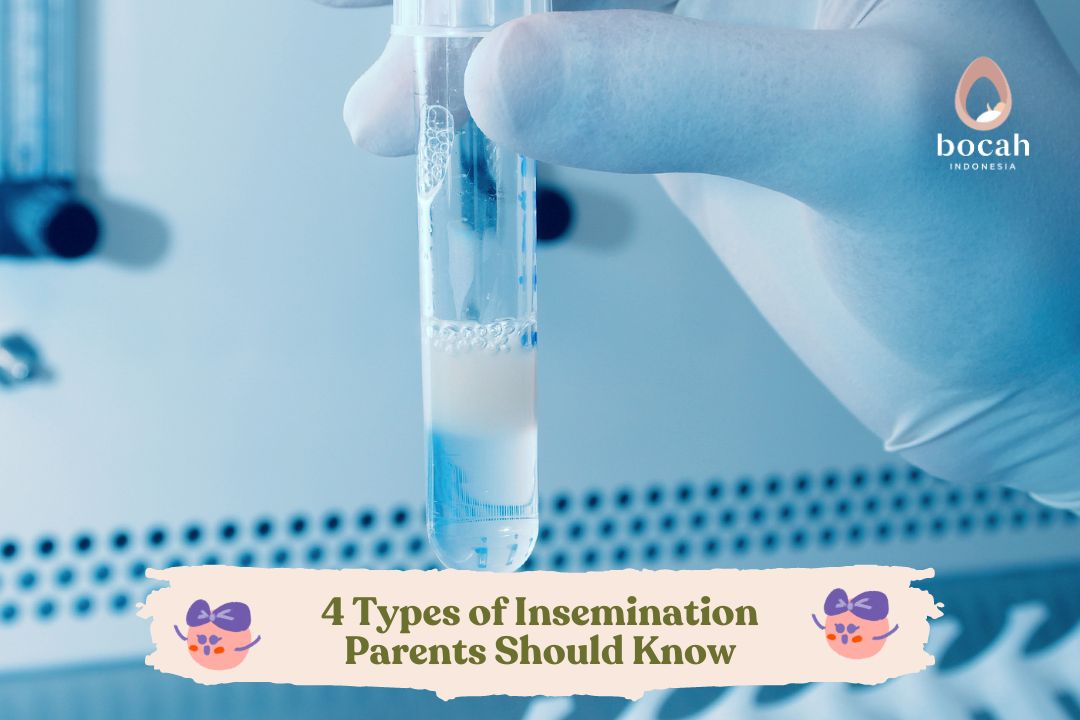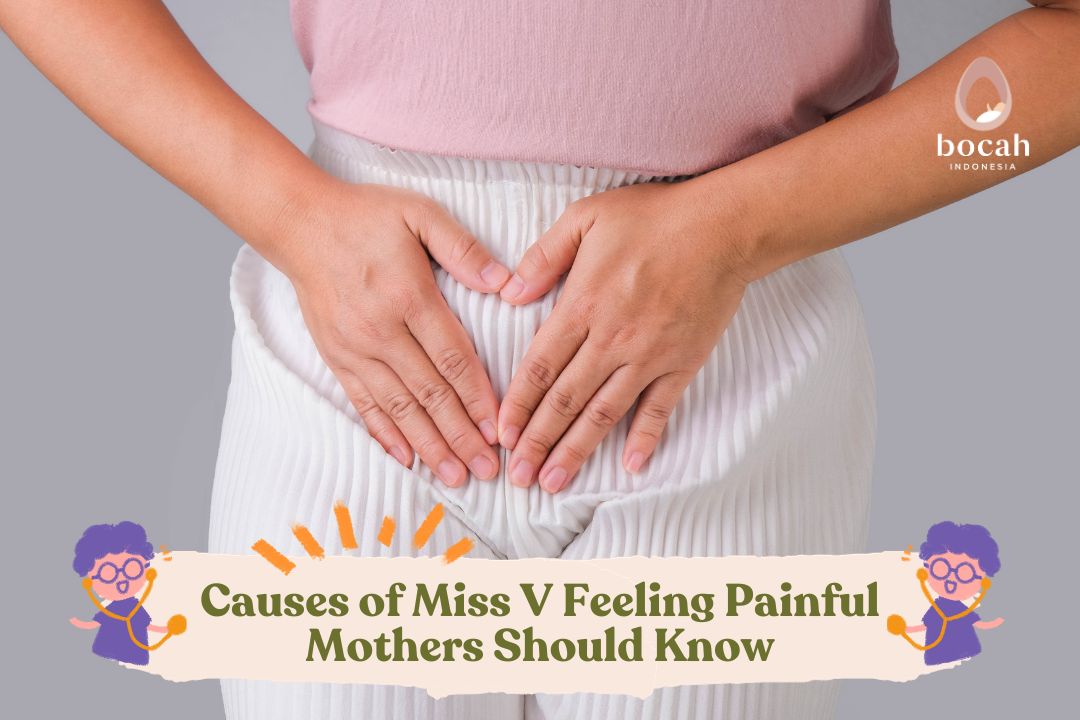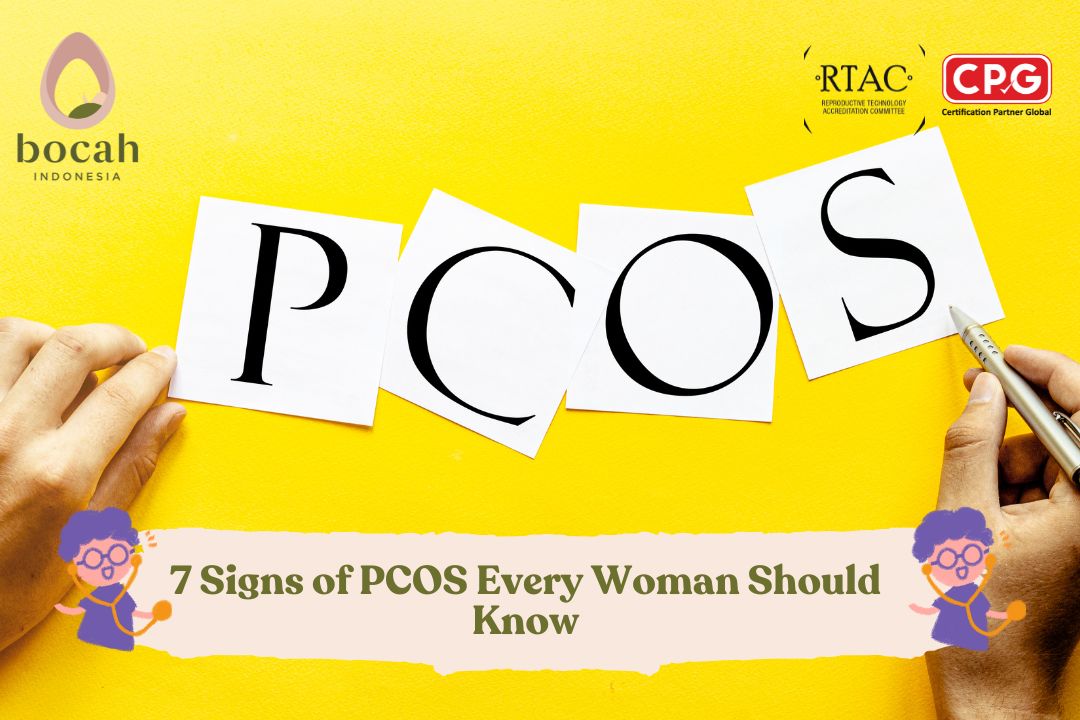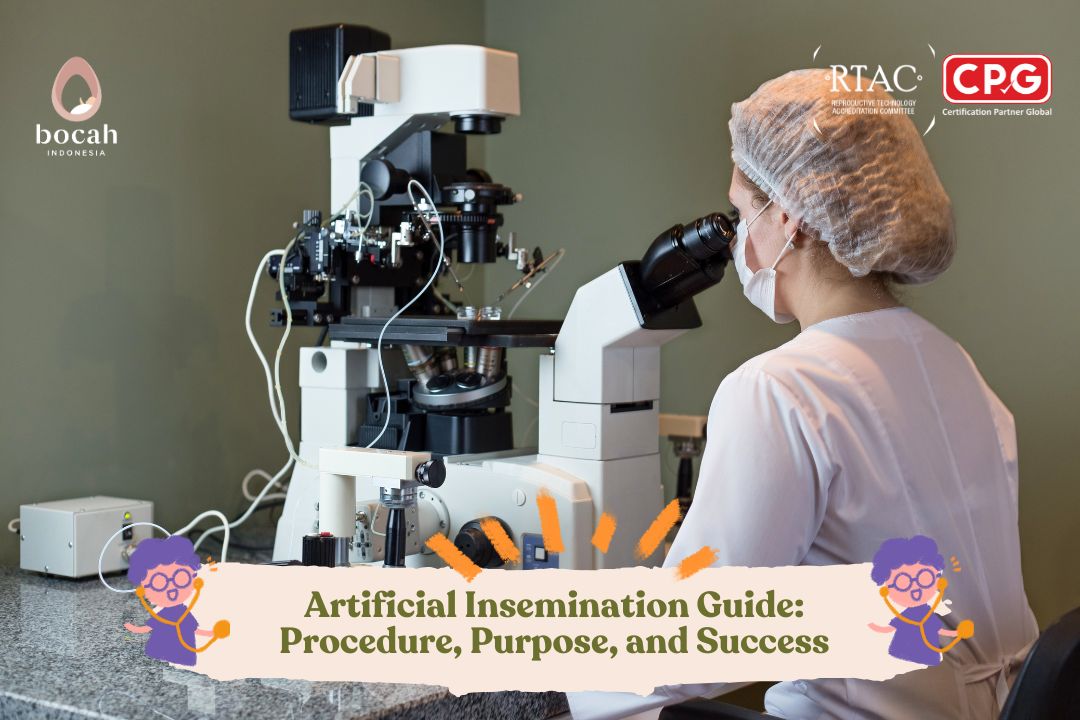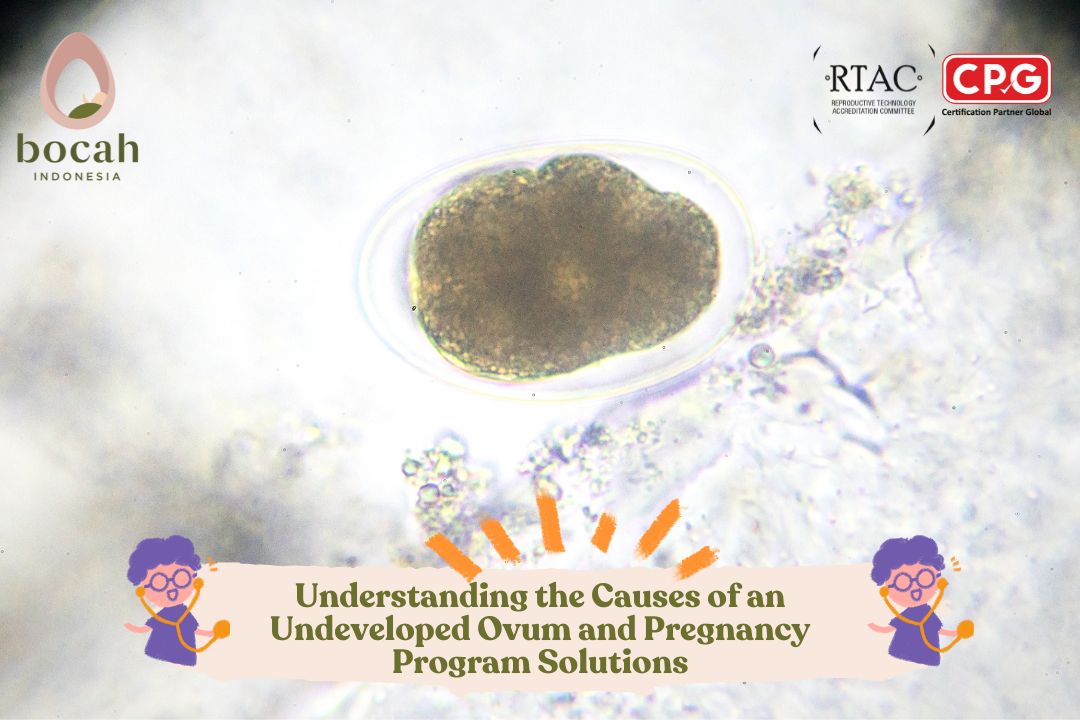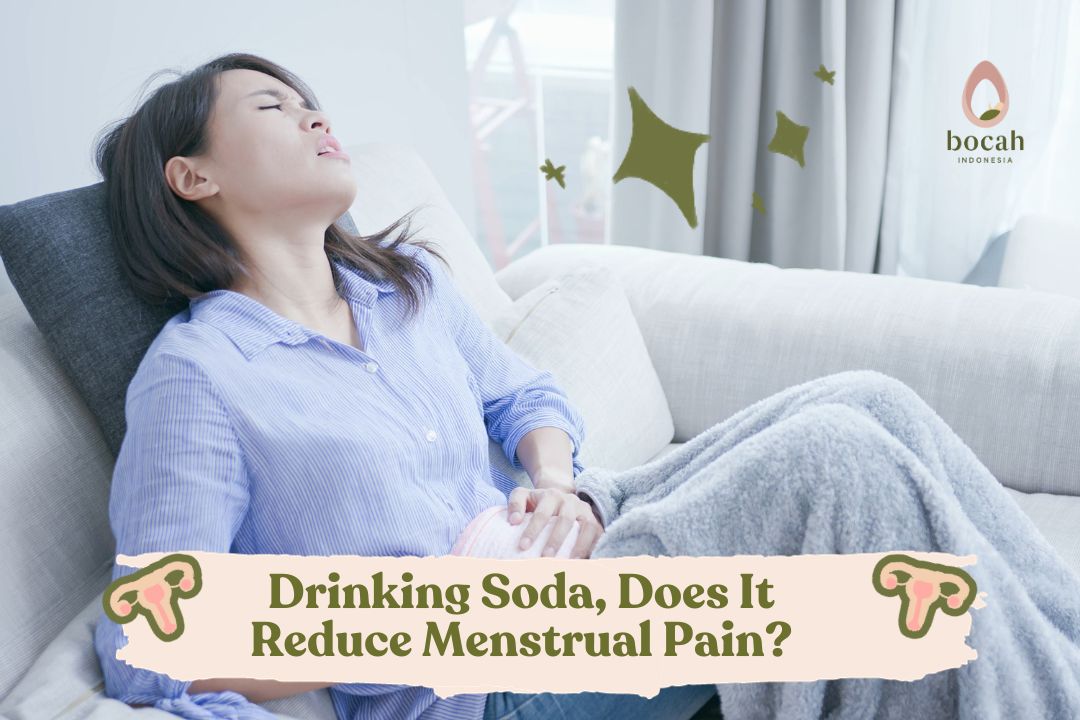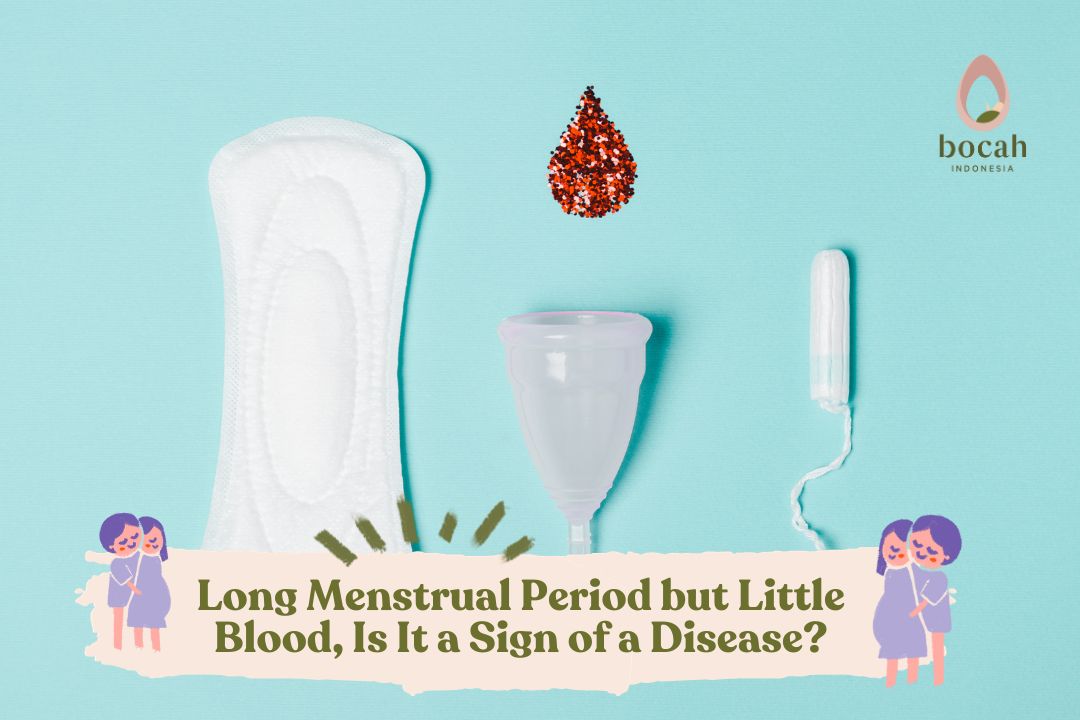6 Causes of Menstrual Disorders in Teenagers That Parents Should Know
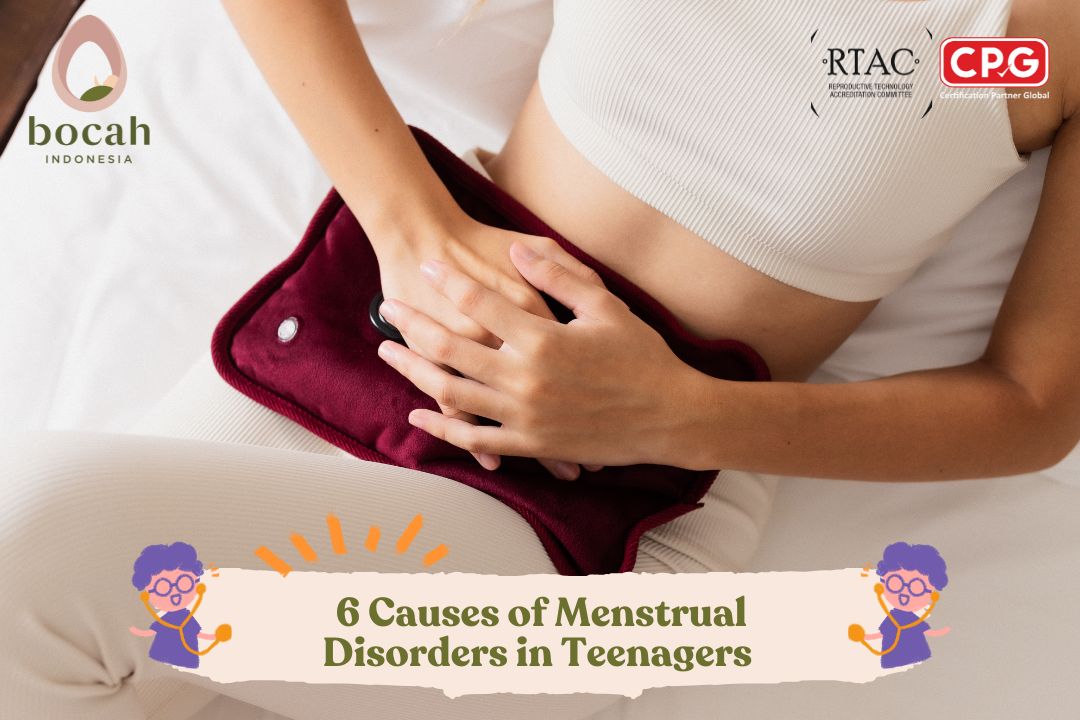
Menstrual disorders are very common among teenagers. These disorders may manifest in different ways, such as irregular menstrual cycles, excessive bleeding, severe menstrual pain, or unusually light periods.
Menstruation typically begins during adolescence. At this stage, the body undergoes significant hormonal changes, which can lead to irregular menstrual cycles. In some cases, this may even cause menstruation to occur twice in one month.
Some teens may experience shorter menstrual cycles, resulting in more frequent periods, while others may have longer cycles than usual. In addition, menstrual disorders in teenagers can involve excessive pain, heavy bleeding, or extremely light or heavy menstrual flow. Although often considered normal during adolescence, these symptoms could indicate an underlying health issue if left untreated.
What Causes Menstrual Disorders in Teenagers?
Several factors can contribute to menstrual irregularities in teenagers, including:
1. Hormonal Imbalance
One of the main causes of irregular menstrual cycles in teens is hormonal instability. Fluctuating hormone levels can significantly impact menstrual flow.
Tanya Mincah tentang Promil?
Teenage girls often experience hormonal fluctuations, especially during the early years of menstruation, which can affect the timing and consistency of their menstrual cycles.
2. Stress
Menstrual irregularities can also be caused by stress. When stressed, the brain’s hypothalamus — which regulates the reproductive system — may reduce hormone production.
This disruption can lead to irregular menstrual cycles or, in some cases, complete cessation of menstruation. Parents should be aware of stress indicators in their teens, as it may be a contributing factor to menstrual problems.
3. Weight Gain or Loss
Weight fluctuations are common during adolescence, particularly in females. These changes can significantly affect hormonal balance and, consequently, menstrual regularity.
Sudden weight gain or weight loss can disrupt hormone production and result in missed or irregular periods.
4. Excessive Exercise
While exercise is beneficial for overall health, excessive physical activity can interfere with the menstrual cycle. Overtraining may lead to hormonal imbalances, resulting in delayed or skipped periods.
5. Poor Eating Habits
An unhealthy diet, particularly extreme dieting or nutrient deficiencies, can lead to menstrual disturbances. Malnutrition can cause an imbalance in estrogen and progesterone production, hormones essential for menstruation.
Improper nutrition may also lead to weight fluctuations, which further impact menstrual health.
6. Use of Certain Medications
Some medications — such as antibiotics, antidepressants, or birth control pills — can potentially affect the menstrual cycle. Although rare, long-term use or high doses of these medications may contribute to menstrual irregularities.
Types of Menstrual Disorders in Teenagers
Here are some common menstrual disorders that may affect teenagers:
1. Amenorrhea
Amenorrhea is a condition where menstruation is absent. It is categorized into two types: primary and secondary amenorrhea.
-
Primary amenorrhea occurs when a girl aged 15 or older has not had her first period but has already shown other signs of puberty.
-
Secondary amenorrhea refers to the absence of menstruation for more than three cycles or six months in a woman who previously had normal periods.
Primary amenorrhea in teens may be caused by hypothalamic or pituitary gland disorders, ovarian problems, or genetic abnormalities. Malnutrition and excessive physical activity can also be contributing factors.
2. Dysmenorrhea
Dysmenorrhea refers to severe menstrual pain, typically occurring on the first or second day of menstruation.
Symptoms may include abdominal cramps that radiate to the lower back or thighs. This condition is often linked to elevated prostaglandin levels during menstruation.
3. Menorrhagia
Menorrhagia is characterized by heavy or prolonged menstrual bleeding that disrupts daily activities. Teenagers with menorrhagia may experience:
-
Needing to change pads every hour
-
Using multiple pads simultaneously
-
Symptoms of anemia such as fatigue, paleness, or shortness of breath
-
Large blood clots that persist for more than one day
4. Oligomenorrhea
Oligomenorrhea is a common condition in teens, marked by infrequent menstruation — typically cycles lasting more than 35 to 90 days.
It is usually observed during puberty or perimenopause and can be caused by hormonal imbalances or lifestyle factors.
What Are the Symptoms of Menstrual Disorders in Teenagers?
Many teenagers experience premenstrual syndrome (PMS) before menstruation, with symptoms like back pain, acne, headaches, increased appetite, fatigue, abdominal cramps, and mood swings.
However, certain unusual symptoms may indicate a menstrual disorder and warrant medical attention, such as:
-
Irregular cycle length: A normal cycle ranges from 25–34 days. If cycles are consistently too short or too long, a doctor should be consulted.
-
Excessive bleeding: Needing to change a pad more than once per hour may indicate abnormal bleeding.
-
Unusual blood clots during menstruation
-
Bleeding lasting more than seven days
-
Persistent fatigue throughout the period
-
Unrelenting headaches
-
Shortness of breath
-
Noticeably pale skin tone
These menstrual disturbances are often considered part of normal development. However, if symptoms are persistent, severe, or interfere with daily life, it is important to seek medical advice for proper evaluation and treatment.


